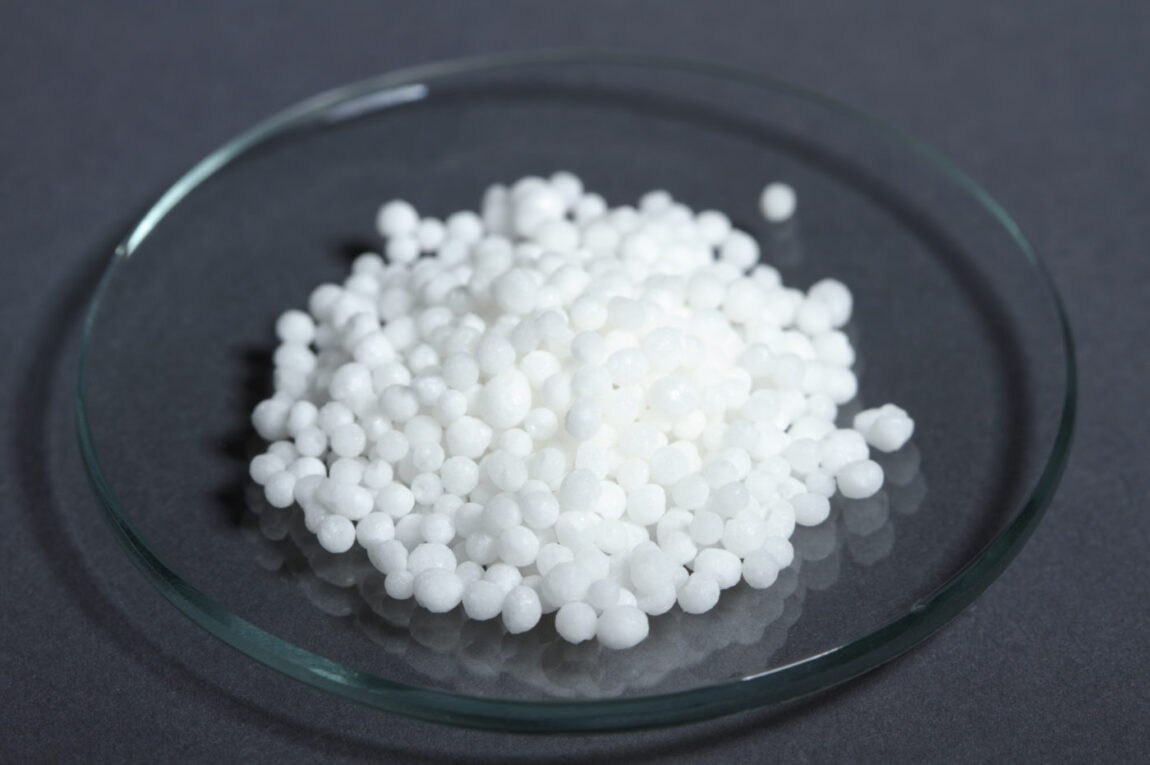Ammonium nitrate is a salt made of ammonium cations and nitrate anions. It has the chemical formula NH4NO3 and appears as a white crystalline solid. While ammonium nitrate has many industrial and agricultural uses, it is also notoriously dangerous if not handled properly.
Chemical Properties and Uses
Ammonium nitrate is a highly soluble salt that dissociates into ammonium and nitrate ions when dissolved in water. It does not burn on its own but provides oxygen when heated and can explode under high pressure or if contaminated. These unique chemical properties give it a variety of commercial uses.
Industrial Uses
In industry, ammonium nitrate is primarily used as fertilizer mixed with other substances to provide nitrogen to plants. As an oxidizer, it is also combined with fuels for explosives in mining and construction. Emulsions containing ammonium nitrate and diesel fuel are commonly used for blasting in quarries and underground mining. It is also used to produce nitrocellulose for propellants and explosives.
Fertilizer Production
Around 60% of the annual ammonium nitrate production worldwide is used to make solid fertilizers through prilling or granulation. Mixed with other nutrients like phosphate and potash, it provides a slow-release source of nitrogen that feeds crops and increases agricultural yields. Ammonium nitrate fertilizers are soluble in water and support plant growth when dissolved in soil.
Dangers of Improper Storage
While useful, Ammonium Nitrate is categorized as an oxidizing explosive and can decompose or detonate under certain conditions, especially if contaminated or subjected to heat and confinement. This was demonstrated in deadly incidents like the Texas City disaster of 1947 and more recently in the Beirut port explosion of 2020. If not stored properly, ammonium nitrate risks overheating in bulk quantities and exploding violently.
Regulations for Safety
To reduce accidents, governments regulate the production, transport, storage, and sale of ammonium nitrate. Facilities must be designed to isolate it from fuel sources and fire. Temperature control during transport and storage is also mandated to prevent overheating from friction or ambient heat. Additionally, minimum safe distances must be maintained between ammonium nitrate stockpiles and locations housing flammable materials or equipment. These regulations aim to limit the risk of accidental detonations.
Preventing Catastrophic Incidents
Even with regulations, improper handling of ammonium nitrate continues to enable disasters. The 2020 Beirut explosion that killed over 200 people is a painful reminder of the immense destructive power contained in ammonium nitrate stockpiles. To further protect communities, corporations and authorities must rigorously enforce safety standards. Periodic facility inspections and employee trainings on identifying contamination or overheating are crucial. Information sharing between jurisdictions can help track ammonium nitrate thefts or diversions. With diligent care and oversight, its benefits can be harnessed safely while minimizing risks to human life.
Ammonium nitrate is a highly useful but potentially volatile chemical compound. Its fascinating chemistry grants applications in mining, construction and agriculture. However, its ability to detonate under confinement means utmost care is needed in production, storage, transport and disposal. By establishing clear regulations and ensuring vigilant compliance, the dangers of ammonium nitrate can be mitigated to allow its safe utilization alongside measures that prevent loss of life from catastrophic accidents. Ongoing education and cooperation globally are vital to minimize risks from this industrially essential but hazardous material.
*Note:
1. Source: Coherent Market Insights, Public sources, Desk research
2. We have leveraged AI tools to mine information and compile it

